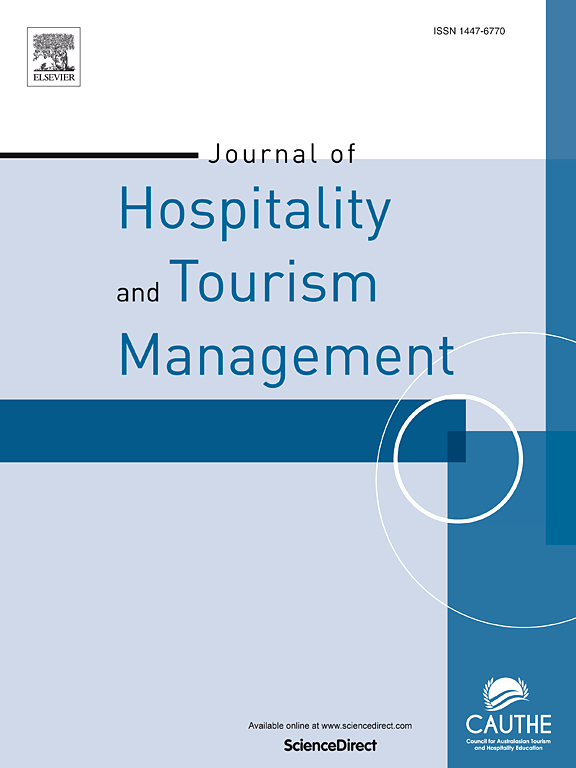Antecedents of cultural connectedness in diaspora tourism: Perspectives from the Chinese diaspora
IF 7.6
1区 管理学
Q1 HOSPITALITY, LEISURE, SPORT & TOURISM
引用次数: 0
Abstract
In the context of diaspora tourism, the complex causal relationship between perceived antecedents (e.g., perceived image and perceived value) and cultural connectedness has not been well studied in the literature. The clarification of this relationship will help destinations adopt management strategies tailored to respective local conditions. In this paper, we use a PLS-SEM/fsQCA approach to more accurately articulate the complex causal relationship and mechanisms of cultural connectedness in return trips of overseas Chinese (the Chinese diaspora), and to explain how the configurations of antecedent factors lead to the equivalent effect of cultural connectedness. The results reveal, first, that there is an influence mechanism between perceived antecedent configurations and the outcome variable of cultural connectedness, and identifies the antecedent factors of cultural connectedness, as well as the dimensions of the constructs involved in the cultural connectedness scenario related to diaspora tourism. Second, this study proposed four configured models of cultural connectedness and determined concurrent causality between antecedent constructs and outcome variables. Third, an equivalent pathway for multiple factors to concurrently produce cultural connectedness was discovered. Fourth, it explains that the presence or absence of antecedents have different impacts on the high and low levels of cultural connectedness in diaspora tourism. This paper also provides management insights for diaspora tourism practices based on the four grouping patterns of cultural connectedness.
求助全文
约1分钟内获得全文
求助全文
来源期刊
CiteScore
13.30
自引率
8.40%
发文量
177
审稿时长
45 days
期刊介绍:
Journal Name: Journal of Hospitality and Tourism Management
Affiliation: Official journal of CAUTHE (Council for Australasian Tourism and Hospitality Education Inc.)
Scope:
Broad range of topics including:
Tourism and travel management
Leisure and recreation studies
Emerging field of event management
Content:
Contains both theoretical and applied research papers
Encourages submission of results of collaborative research between academia and industry.

 求助内容:
求助内容: 应助结果提醒方式:
应助结果提醒方式:


